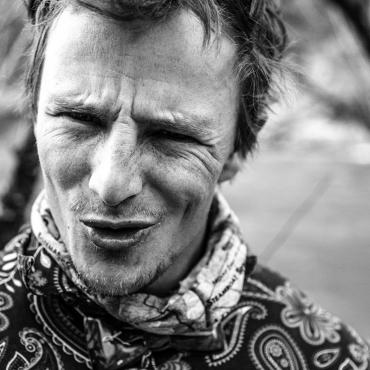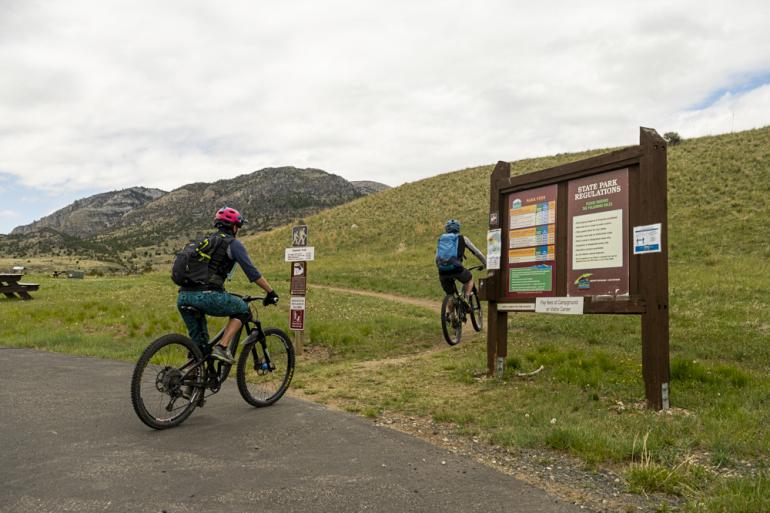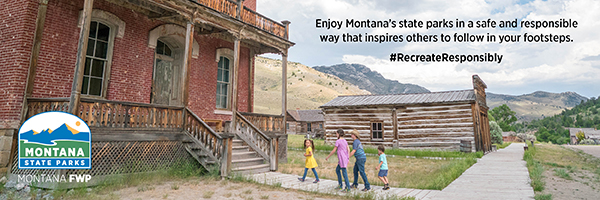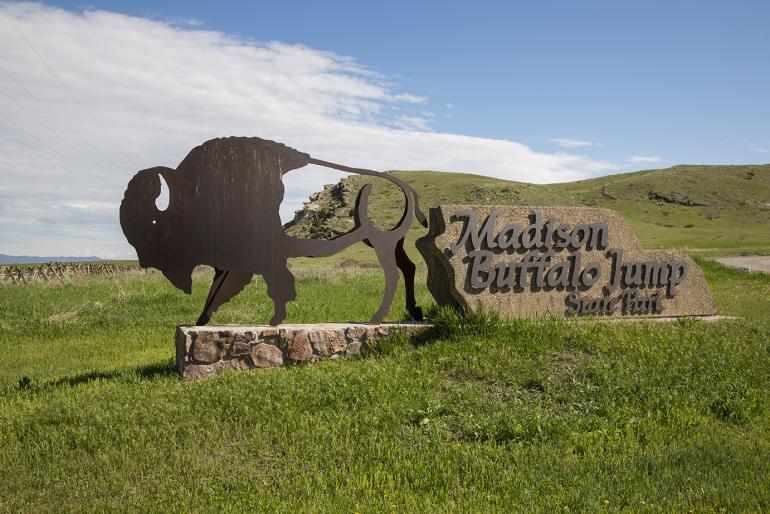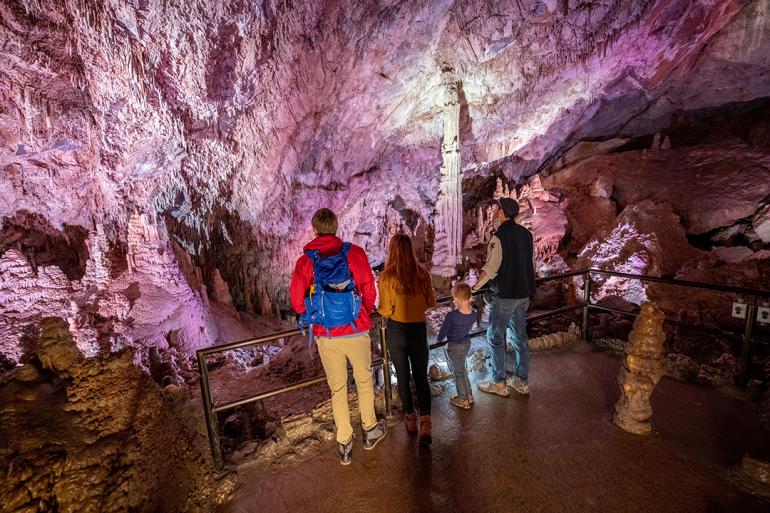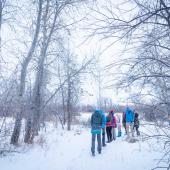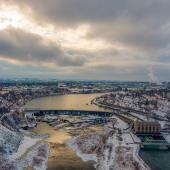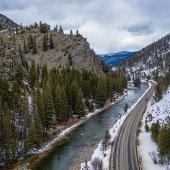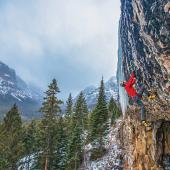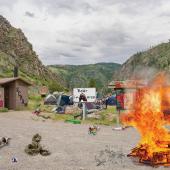The Hand They Were Dealt
Q&A with FWP's Pat Doyle.
Nearly one million. That’s how many more individuals visited Montana state parks in 2020 than in 2019. With total numbers clocking in around 3.4 million people, FWP saw a 30 percent jump in visitation in a single year. A national campaign called Recreate Responsibly ignited at the federal level to provide guidelines on how to deal with the swarms of visitors. While current conditions look promising, some state and local agencies are continuing the campaign moving into summer.
To explore this operative in depth we’re doing a four-part series on the changing (figurative) landscape of Montana’s state parks. For part one, we sat down with FWP’s marketing & communications manager, Pat Doyle, to discuss how the department had to think on its feet last year and what takeaways were gained for the future.
O/B: For folks not already aware, what is this campaign?
Doyle: The Recreate Responsibly campaign was started to alleviate the effects of COVID-19, and we’re carrying it on even after the pandemic. It consists of seven main principles: Know Before You Go, Plan Ahead, Explore Locally, Practice Physical Distancing, Play It Safe, Leave No Trace, Build an Inclusive Outdoors, and Respect Wildlife and Other Park Visitors.
Outdoor recreation is fairly nuanced, but whether it’s state land, federal land, a local park in Bozeman, the bottom line is we want people to be recreating safely. In all reality, we should’ve been doing these practices for years, but sometimes it takes hindsight to recognize value. These are components we want to implement into our primary regime moving forward.
O/B: How has it changed FWP’s approach to managing recreation?
Doyle: Last year we saw a 30 percent increase in visitors to state parks from 2019. Early this year it’s already up 20 percent from last year. If you look at the numbers from 2019-2021, it’s a 70 percent increase in visitation. We just don’t what normal looks like anymore.
So how do we make sure that we have the capacity and infrastructure in place to deal with these numbers? When you have a year with such a massive influx, you need to have a conversation that plans for the big-picture conflicts. In terms of approach, we’re starting to see things like partnerships developing between the county, university, and landowners. We’re hiring river ambassadors to help out with shuttles, enforce river safety, and act as communication channels to educate people on what “proper behavior” actually is. A lot of things are still complete unknowns, but we don’t think this issue is going away anytime soon.
O/B: What sorts of things can folks expect to be different this year?
Doyle: This year in our state-park system, our amenities—things like events, tours, and visitor centers—will more mirror 2019 than they did 2020. A big one is cave tours coming back to Lewis & Clark Caverns. Robust, hands-on education opportunities are returning as well. On the enforcement side of things, we’re looking at sanitation protocols and limited latrine service in certain areas.
O/B: Do you anticipate this campaign running into any sort of conflict? If so, how will that be alleviated?
Doyle: There was a lot of general frustration last year, but I think there is always a fear that what you’re doing is going to raise hackles. Overall, I think that people are supportive. They see value in developing a set of principles that are not only used by us, but around the nation as well. The national campaign has been great because you can take what you want from it as a land manager, an NGO, a national brand, whatever. It’s been interesting to see how other organizations use this language. Oregon and Washington state parks are carrying on similar movements.
I do think the pandemic made people hyper-focused of all the out-of-staters. Locals were thinking different when they saw out-of-state plates. But according to our numbers, the ratio of in-state vs. out-of-state visitors stayed relatively the same as pre-COVID (roughly 70:30). We’re having this campaign because we want people to be safe whether we’re in a global pandemic or not. If we can develop a system on a limited budget that we can use in subsequent years, then we feel it’s a good use of resources.
O/B: Describe the adjustment the department has gone through this past year.
Doyle: When we saw our campsites open at May 1 of last year, people were lined up to get in. Looking forward at our 2021 reservations, we’re in for another big camping year. It’s been a process adapting, and there’s a lot of pieces to it: marketing, public awareness, in-the-field protocols. But the good thing is that the pandemic has inspired people to explore their state, and not just the waterfront state parks anymore, which were common high-occupancy areas. It is really interesting to see a lot of people who have lived here a long time to explore these areas close to home for the first time. They’re state parks for a reason—they tell the story of our state from a variety of perspectives. It’s been rewarding to see how much people appreciate our parks being opened.
O/B: If but only one, what is the overall message FWP strives folks to take home by continuing this campaign?
Doyle: We want to keep our parks open and we don’t exist to regulate behavior. People can lead the way in that their behavior should speak for itself. This campaign is all about reemphasizing good behavior. From a mental-health perspective, we saw a lot of people that really found solace in our outdoor parks this past year. We saw a lot of people find a new reinvigorated value in these places—which is what they’re all about. We want to keep that ball rolling moving forward.


